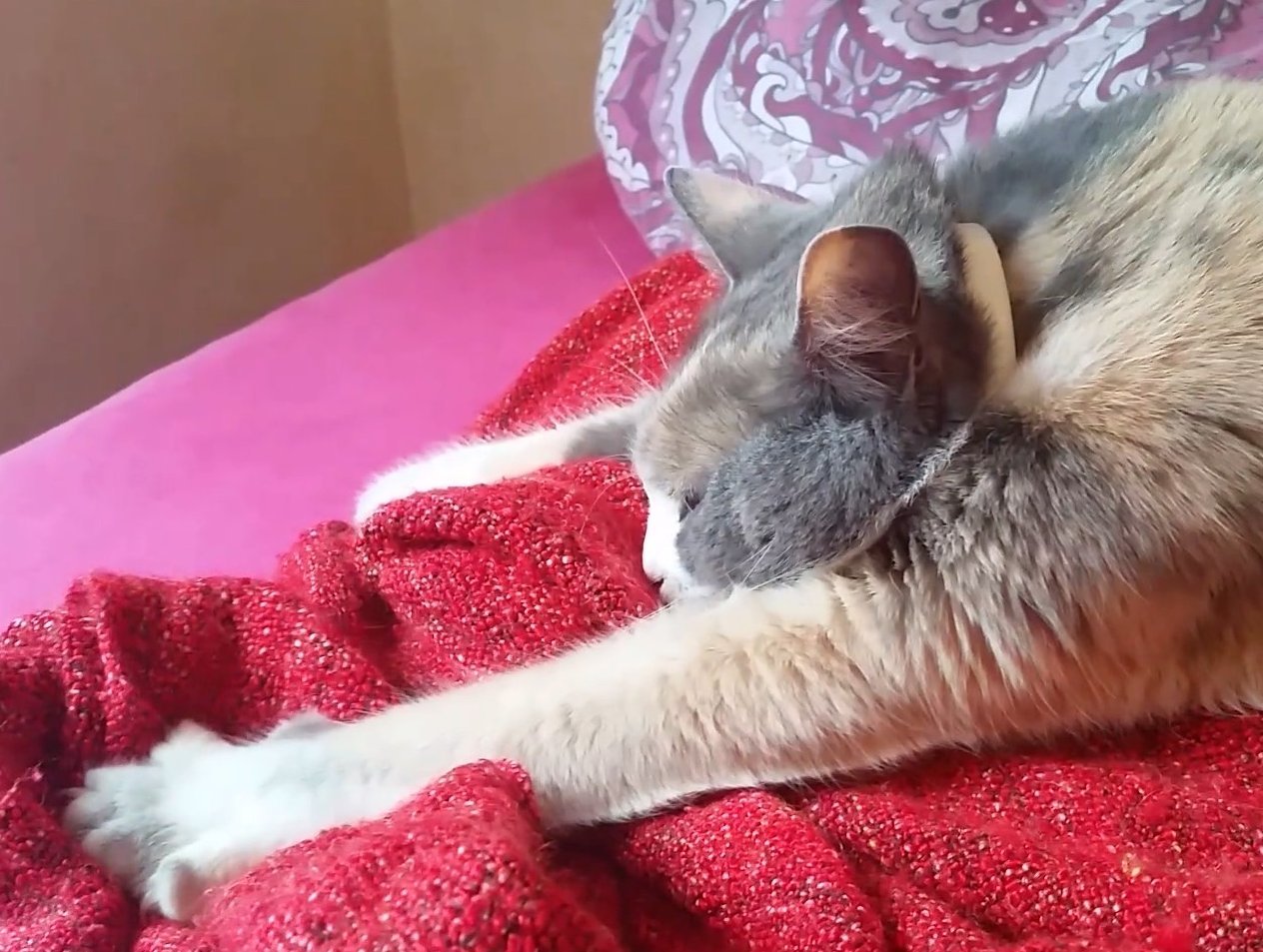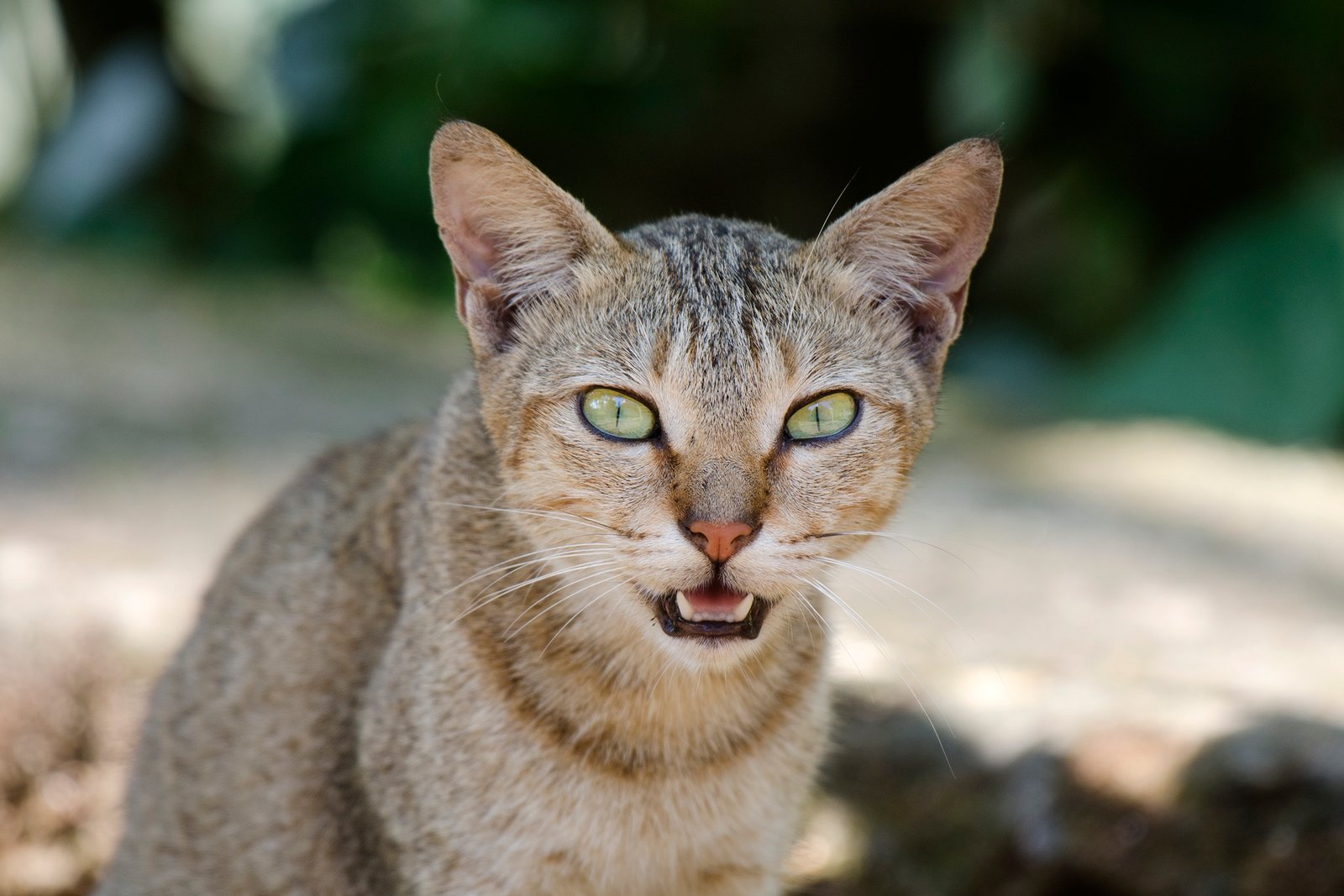Have you ever watched a cat and wondered what’s really going on behind those mysterious eyes? It’s easy to think our feline companions live in a world of naps and snacks, but there’s far more happening than meets the eye. Cats are masters of weaving tiny rituals into their days that shape their moods, comfort their anxieties, and strengthen their bond with us. They might not journal or meditate like humans, but their routines—often so subtle we barely notice—are the building blocks of their emotional lives. Let’s uncover the secret world of how cats quietly nurture their own happiness, one small habit at a time.
Grooming as a Pathway to Calm

For cats, grooming is far more than just keeping clean. Every swipe of the tongue is a gentle act of self-soothing. When your cat sits quietly and licks its fur, it’s actually reducing stress and releasing endorphins. This daily habit helps your cat regulate emotions, much like how people unwind with a hot shower. Sometimes, you’ll even notice one cat grooming another—a sign of trust and affection in their world. This mutual grooming not only keeps them tidy but also reassures them of their social bonds. Imagine it as their form of a warm, comforting hug. Such rituals build a foundation of emotional security day after day.
Morning Sunbeam Rituals

Have you ever noticed your cat seeking out the morning sun? Cats are drawn to warm, sunny spots as soon as daylight breaks. This isn’t just about comfort—it’s a consistent ritual that signals the start of their day. The sunlight gently warms their bodies, helping them wake up and feel safe. Like our morning coffee, basking in a sunbeam is a small pleasure that lifts their spirits. These moments are often quiet and contemplative, giving your cat time to reset emotionally. The gentle light and warmth can help ease anxiety and set a positive tone for the hours ahead. Over time, this daily habit becomes a cornerstone of their contentment.
Slow Blinking to Show Trust

If your cat ever looks at you and blinks slowly, congratulations—you’ve just received a feline compliment. Slow blinking is a subtle but powerful form of communication. It’s how cats say, “I trust you” without uttering a sound. This daily gesture helps build emotional safety between you and your pet. When you return the slow blink, you reinforce that sense of trust. These quiet exchanges may seem minor, but they’re essential to a cat’s emotional well-being. Over time, this simple act creates a deeper, more secure bond. It’s a silent language of love that cats use every single day.
Quiet Watching from Afar

Cats are notorious observers. From a cozy perch or a shadowed corner, many cats spend part of each day quietly watching the world, people, or other animals. This habit gives them a sense of control and safety. It’s like reading the room before joining a party. By observing, cats learn about their environment and gauge what’s safe or interesting. This daily ritual helps them feel connected without being overwhelmed. Even when your cat seems distant, it’s still engaging emotionally—carefully choosing when and how to interact. This subtle form of participation helps your cat manage stress and feel secure in its surroundings.
Consistent Playtime Bursts

Even the most dignified older cat can’t resist the lure of a string or a crinkly ball. Daily play is a crucial emotional habit for cats. These short bursts of activity allow them to express natural hunting instincts, burn energy, and relieve boredom. Playtime offers a safe outlet for frustration or anxiety, helping your cat stay balanced. It also creates opportunities for positive interaction with you, deepening your connection. Whether it’s a wild chase or a gentle pounce, these moments add excitement and joy to their daily routine. Over time, regular play becomes an anchor for good emotional health.
Kneading with Their Paws

If your cat kneads you or a soft blanket with its paws, it’s not just a quirky habit—it’s an emotional comfort ritual. Kneading harks back to kittenhood, when young cats pressed their mothers’ bellies for milk. Even in adulthood, this habit provides reassurance and calm. The rhythmic motion helps your cat relax and feel safe, much like a child clinging to a favorite stuffed toy. Many cats do this before settling down to sleep, as a way to prepare for rest. This daily behavior is their way of self-soothing and building positive emotions, one gentle push at a time.
Napping in Familiar Spots

Cats are creatures of comfort, and their chosen nap spots are never random. Whether it’s a sunny window ledge or a favorite chair, these locations offer both physical and emotional security. By returning to the same spot each day, cats create a sense of stability in a world that can sometimes feel unpredictable. Familiar scents and textures provide reassurance, helping to ease stress or uncertainty. This daily habit of napping in trusted places helps cats regain their emotional balance. It’s their way of saying, “This is my safe space,” and each restful pause builds a sense of well-being.
Vocalizing for Connection

While some cats are chatty and others are quiet, vocalization is a daily emotional tool. Meows, chirps, and purrs are all ways cats reach out for attention, comfort, or reassurance. These vocal habits aren’t just noise—they’re your cat’s way of maintaining emotional closeness. When your cat greets you with a gentle meow or purrs contentedly in your lap, it’s expressing emotion and reinforcing your bond. Regular vocal exchanges help your cat feel seen and heard. Over time, these little conversations become a vital part of your shared daily routine, keeping emotional connections strong.
Rubbing and Head-Butting

A gentle head-butt or a rub against your leg is much more than a greeting. It’s how cats mark you with their scent, claiming you as part of their inner circle. This daily ritual is both possessive and affectionate, blending security with love. When your cat rubs its head on you, it’s reinforcing the emotional bond between you. This physical connection provides comfort and helps ease loneliness or anxiety. These small gestures, repeated day after day, create a lasting sense of belonging. For cats, scent-marking is a wordless way of saying, “You’re mine, and I’m yours.”
Exploring Familiar Paths

Cats love routine, and one way they nurture emotional stability is by following the same paths around your home. Whether it’s a favorite window sill or a nightly patrol through the hallway, these journeys give cats a sense of control. Familiar routes reduce uncertainty and provide reassurance. Each step along the well-worn path helps your cat check that all is well in its world. This daily habit is a subtle way of managing stress, as cats find comfort in predictability. Over time, these little explorations become a key part of their emotional toolkit.
Seeking Solitude When Needed

Even the most social cats need alone time. Retreating to a quiet corner or hidden spot is a daily habit that helps them recharge. This isn’t rejection—it’s self-care. By seeking solitude, cats process their emotions and recover from overstimulation. These moments of quiet are vital for their emotional health. Respecting your cat’s need for space shows you understand and value its boundaries. This daily ritual teaches cats to trust their instincts, building confidence and reducing anxiety. Solitude, for a cat, is as essential as any cuddle.
Returning to You for Reassurance

No matter how independent they seem, most cats regularly check in with their favorite humans. Whether it’s a gentle nudge, a warm lap snuggle, or simply sitting nearby, these moments are your cat’s way of seeking reassurance. This daily habit helps cats reset emotionally, especially after something stressful or new. Your presence is a source of comfort and safety. By returning to you throughout the day, your cat strengthens the trust and affection you share. These small yet meaningful check-ins are the glue that holds your relationship together.

Growing up traveling and experiencing new cultures and wonders, I have had a passion for nature, adventuring, photography, and videography. I am currently working towards a BSc in Biodiversity and Ecology at Stellenbosch University, and I hope to specialise in Marine Sciences one day.
Please send any feedback to Feedback@animalsaroundtheglobe.com




